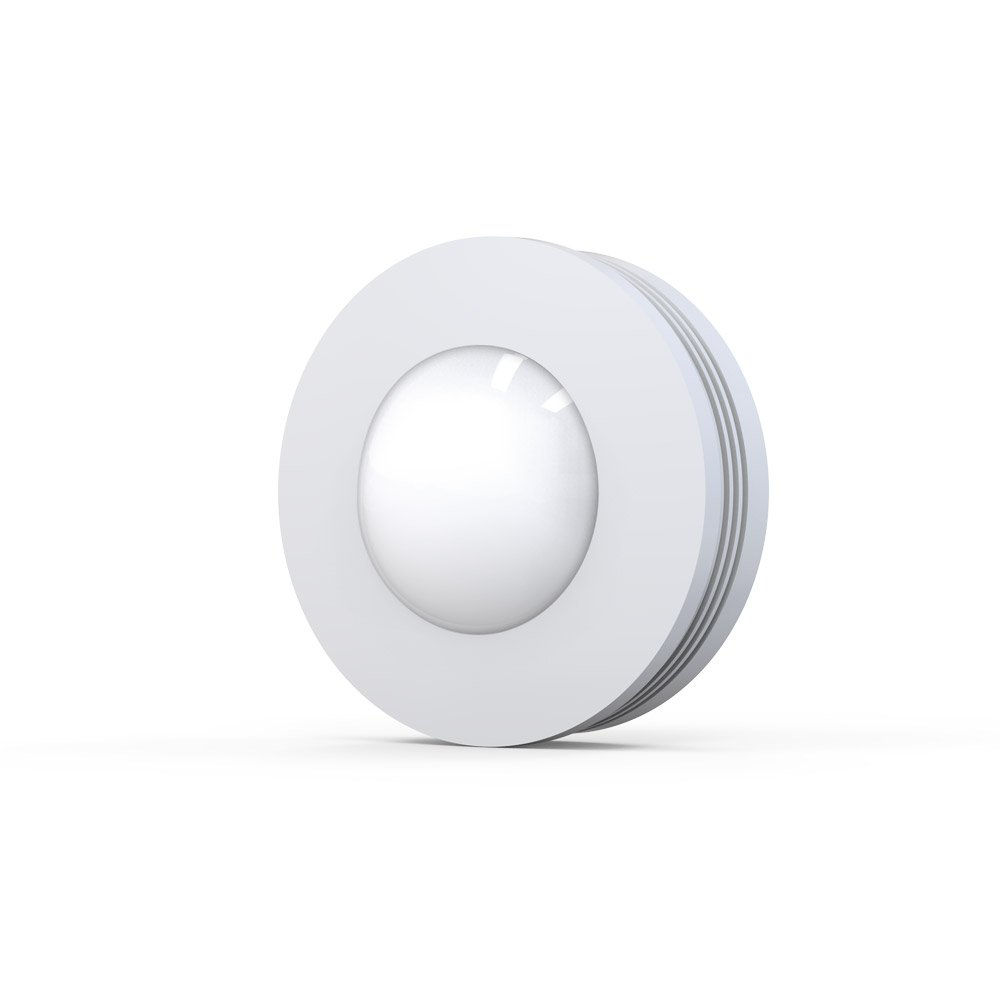Description
Key Features:
- PIR Technology: The primary component, the Passive Infrared sensor, detects infrared light radiating from objects in its field of view. Humans and animals emit heat at infrared wavelengths, which these sensors can detect when they move within its range.
- Composite Sensing: Often paired with microwave sensors, ultrasonic sensors, or cameras, this composite approach helps verify the motion detected by the PIR sensor. This reduces false alarms caused by non-human sources such as curtains moving from air currents or small animals.
- Wireless Connectivity: These detectors are wireless, facilitating easy installation without the need for extensive wiring. They can connect to security systems via Wi-Fi, Zigbee, or other RF (radio frequency) communications.
- Battery Operated: Typically powered by batteries, which allows for placement flexibility and operation in areas without easy access to power outlets.
- Adjustable Sensitivity: Many models allow the adjustment of sensitivity settings to tailor the detector to the specific environment, further decreasing the likelihood of false alarms.
- Smart Integration: Can be integrated into smart home systems, allowing for automated responses such as activating alarms, lights, cameras, or sending notifications to smartphones or central monitoring systems.
Applications:
- Residential Security: Ideal for use in homes to alert residents of intruders or unexpected movement.
- Commercial Properties: Used in offices, shops, and warehouses to monitor for unauthorized access or movements after hours.
- Industrial Settings: Helps secure perimeter areas and sensitive zones within facilities.
- Healthcare Facilities: Monitors movement in specific areas without intrusive surveillance, ensuring patient safety and security.
Installation Tips:
- Optimal Placement: Install the detector at a recommended height (usually around 2.4 meters) to maximize its detection range and effectiveness. Ensure it faces away from windows, heating vents, and other sources of heat and movement that might trigger false alarms.
- Testing and Calibration: After installation, thoroughly test the detector by walking through its detection zone to ensure it triggers appropriately. Adjust the sensitivity and angle as needed.
- Regular Maintenance: Check and replace batteries as necessary, and clean the sensor lens to prevent dust or dirt from impairing its functionality.
Benefits:
- Enhanced Detection Accuracy: The combination of sensors reduces the chances of false alarms, making the system more reliable.
- Flexibility and Ease of Installation: Wireless operation allows for easy placement without concerns about cabling.
- Integration with Smart Systems: Enhances overall home or building automation for improved security and efficient response.
- Energy Efficiency: Typically designed to be low-power, especially when idle, extending battery life and reducing maintenance.
In summary, the Wireless PIR Composite Detector is an advanced security tool that offers reliable motion detection with reduced false alarms, suitable for a diverse range of settings from homes to industrial sites. Its integration of multiple sensing technologies, along with its wireless capabilities, makes it an essential component of modern security systems.






